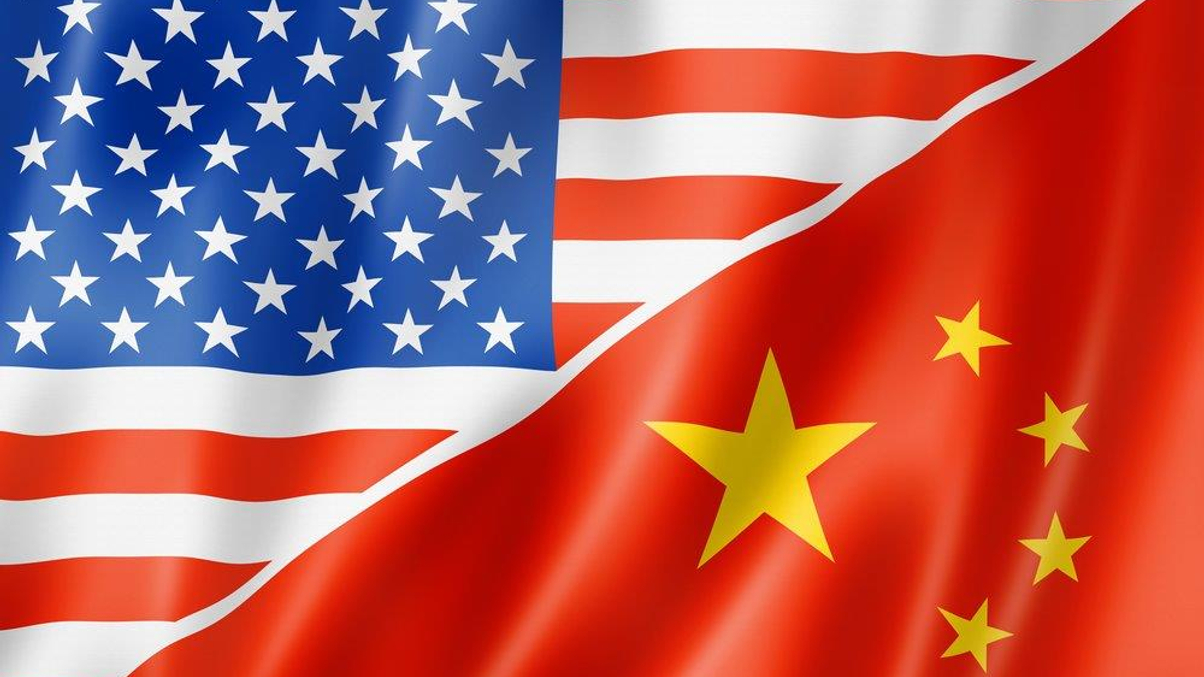US gets big RQFII quota amid rising tensions
China has awarded the Rmb250 billion investment quota – second only to Hong Kong's Rmb270 billion – as it steps up its push to attract capital and secure A-share inclusion in MSCI indices.

Despite rising tensions between China and America over trade and the South China Sea, the US will receive its first Rmb250 billion ($38 billion) in quota under the mainland’s renminbi qualified institutional investor (RQFII) scheme.
Sign In to Your Account
Access Exclusive AsianInvestor Content!
Please sign in to your subscription to unlock full access to our premium AI resources.
Free Registration & 7-Day Trial
Register now to enjoy a 7-day free trial—no registration fees required. Click the link to get started.
Note: This free trial is a one-time offer.
¬ Haymarket Media Limited. All rights reserved.


